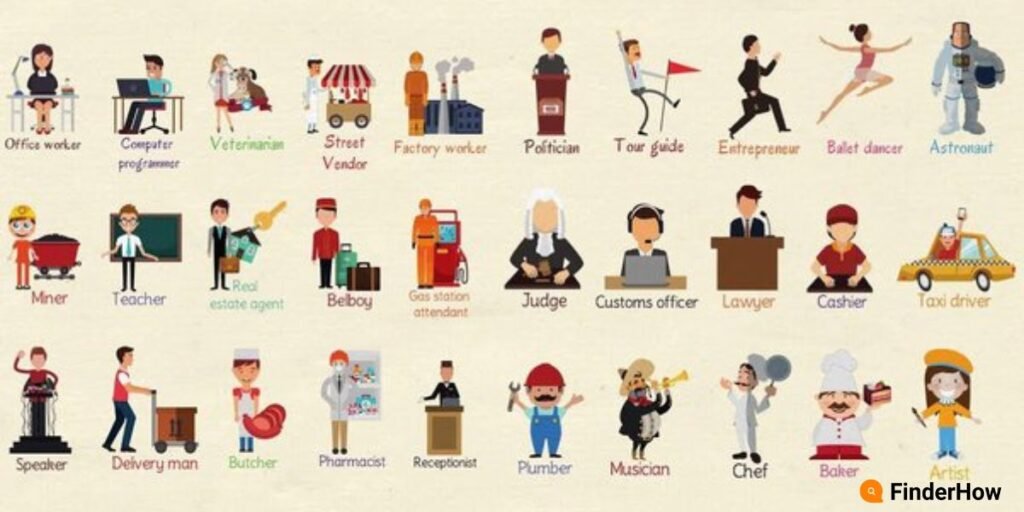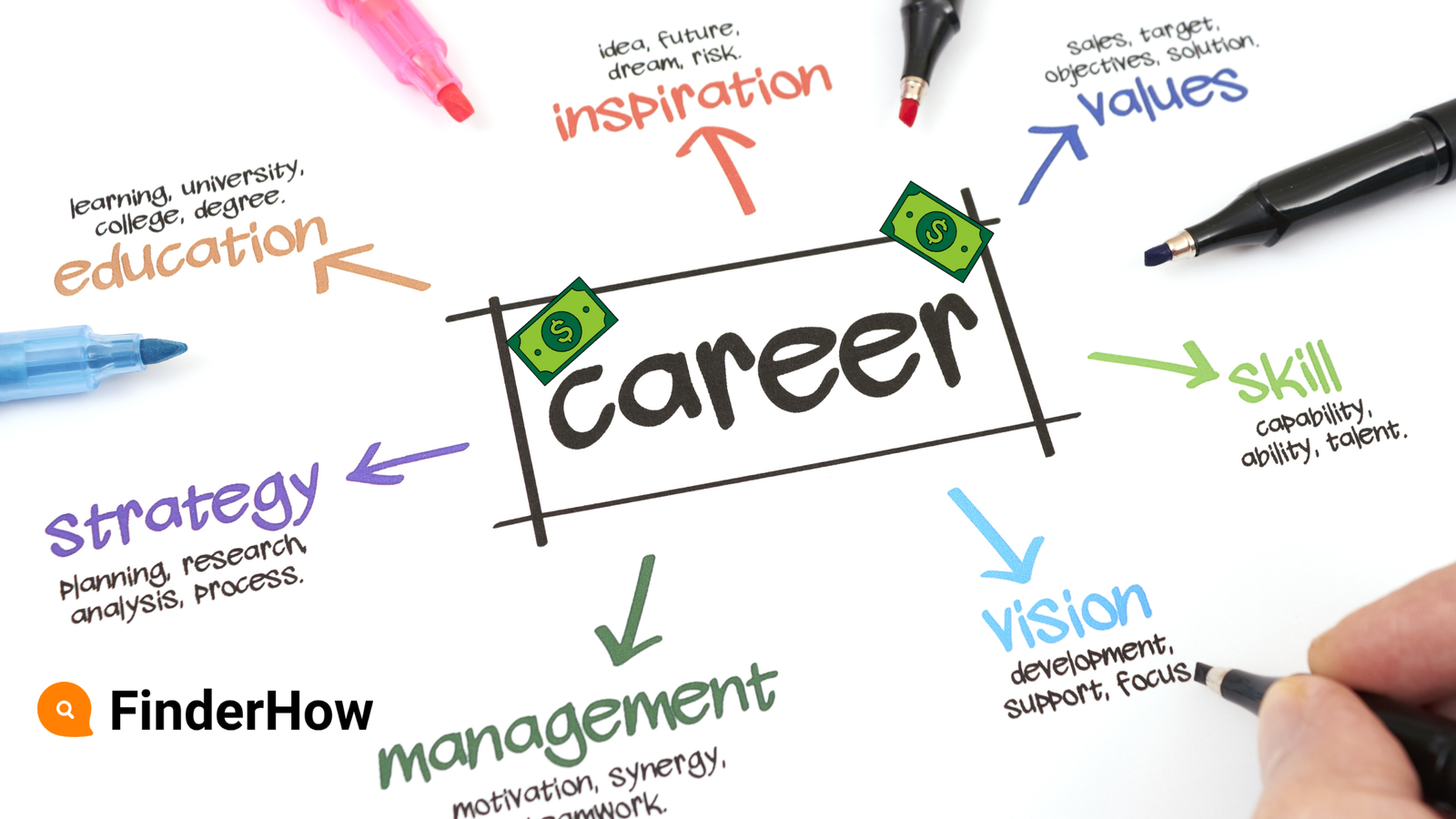Career Development Guide for Success: Unlock Your Potential
Feeling stuck in your job? Are you wondering if there’s a path out there that better aligns with your skills and dreams? You’re not alone! Navigating the world of career development can be a maze, but understanding your options and potential paths can truly change the game. Let’s dive into the Career Development Guide to explore different types of career development, uncover various job options, and help you find the route that leads to ultimate career fulfillment.
Career Development: What Is It?
Career development is an ongoing process of managing your professional life. It involves setting goals, learning new skills, exploring opportunities, and making strategic decisions about your career trajectory.
Why does it matter?
A proactive approach to your career development leads to greater job satisfaction, increased opportunities, and higher earning potential.
Definition
Career development describes the ongoing process of managing your work life, learning new skills, setting goals, and making conscious decisions to shape your ideal career.
Benefits
- Increased job satisfaction and motivation
- Better alignment of your skills and interests
- Potential for greater earning power
- Improved adaptability to change in the job market

Types of Career Development
Climbing the traditional “corporate ladder” through promotions and increased responsibilities within the same field or organization. For example, a graphic designer receives a promotion to senior designer and then to creative director.
Lateral Moves: Shifting to a similar role in a different department, company, or industry, broadens your skillset without changing your job level. For example: A marketing specialist shifting to a sales role within the same company or transitioning to a marketing role at a different tech firm
Upskilling: acquiring new skills or knowledge to enhance your value in your current position or to open up new opportunities. This could include a web developer taking courses in a new programming language.
Reskilling: learning completely new skills to prepare for a career transition into a different field. An administrative assistant might reskill by taking courses in project management to move into a project coordinator role.
Entrepreneurship: The bold path to starting your own business venture! This offers maximum flexibility but also requires a high tolerance for risk. Example: A web developer leaving their job to build their own freelance web design business.
Exploring Different Job Types
Full-time: the traditional 40+ hour work week with one employer.
Part-time: reduced hours with one employer.
Part-time: reduced hours with one employer.
Freelancing: offering your services as an independent contractor to multiple clients. Flexibility vs. potential income instability. This provides flexibility but might also mean less predictable income.
Gig work: short-term, project-based work, often found through online platforms. Project-based nature, suitability for side income
Remote Work: Working from anywhere with an internet connection, often your home. importance of self-discipline and communication skills
Hybrid Work: Blending in-office and remote work.
Full-time vs. part-time: Consider your desired work-life balance. Do you need the flexibility of part-time work, or is the stability of a full-time job a better fit?
Permanent vs. Contract: Permanent positions offer stability, while contract work can provide diverse experiences and the freedom to try different fields.
Remote vs. On-site: With remote work booming, decide if the flexibility of working from home is important or if you thrive in a traditional office environment.
Industry-Specific: Research various industries (tech, healthcare, etc.) to identify sectors that excite you and offer growth potential.

Taking Action: Tips for Kickstarting Your Career Development
- Self-assessment: What are your values, interests, passions, and strengths?
- Skills Development: Identify the skills in demand for your desired career and invest time in developing them through courses, workshops, or online platforms.
- Exploration: Research different industries, job titles, and career paths. Sites like LinkedIn and Indeed are great for this!
- Networking: Connect with people in your desired field; informational interviews can be game-changers. Build a strong network of professionals in your field. Attend industry events, connect on LinkedIn, and reach out for informational interviews.
- Goal Setting: Outline specific, achievable goals and create a plan. Define clear short- and long-term career goals. Break down bigger goals into manageable milestones to track your progress.
- Continuous Learning: Embrace upskilling and reskilling; online courses, workshops, and certifications can make a huge difference.
- Mentorship: Finding a mentor who has walked your desired path is invaluable. Their guidance can accelerate your career development.
Overcoming Career Development Challenges
It’s natural to encounter obstacles along your career development journey. Here are some common ones and how to tackle them:
- Fear of Change: Start with small steps Attend a workshop or try a free online class in a field that interests you.
- Lack of clarity: Career counseling or mentorship can provide invaluable guidance.
- Imposter Syndrome: Focus on your accomplishments, and actively seek out training and skill development to bolster your confidence.
- Financial Constraints: Explore free resources, such as online courses and libraries. Negotiate professional development opportunities within your current role, if possible
Remember, you’re not alone on this journey! Career development is an ongoing process, and it’s okay to shift gears along the way. Be adaptable, always be curious, and don’t be afraid to step outside your comfort zone. Career development isn’t a sprint; it’s a marathon. Consistent effort and a willingness to adapt are keys to a fulfilling career.



